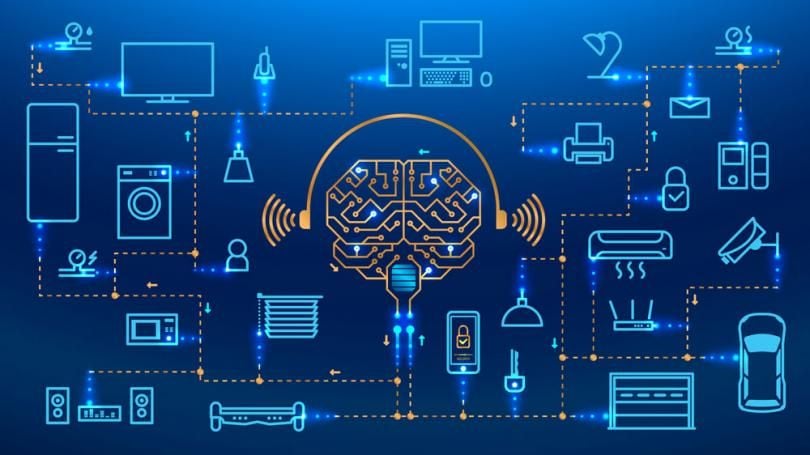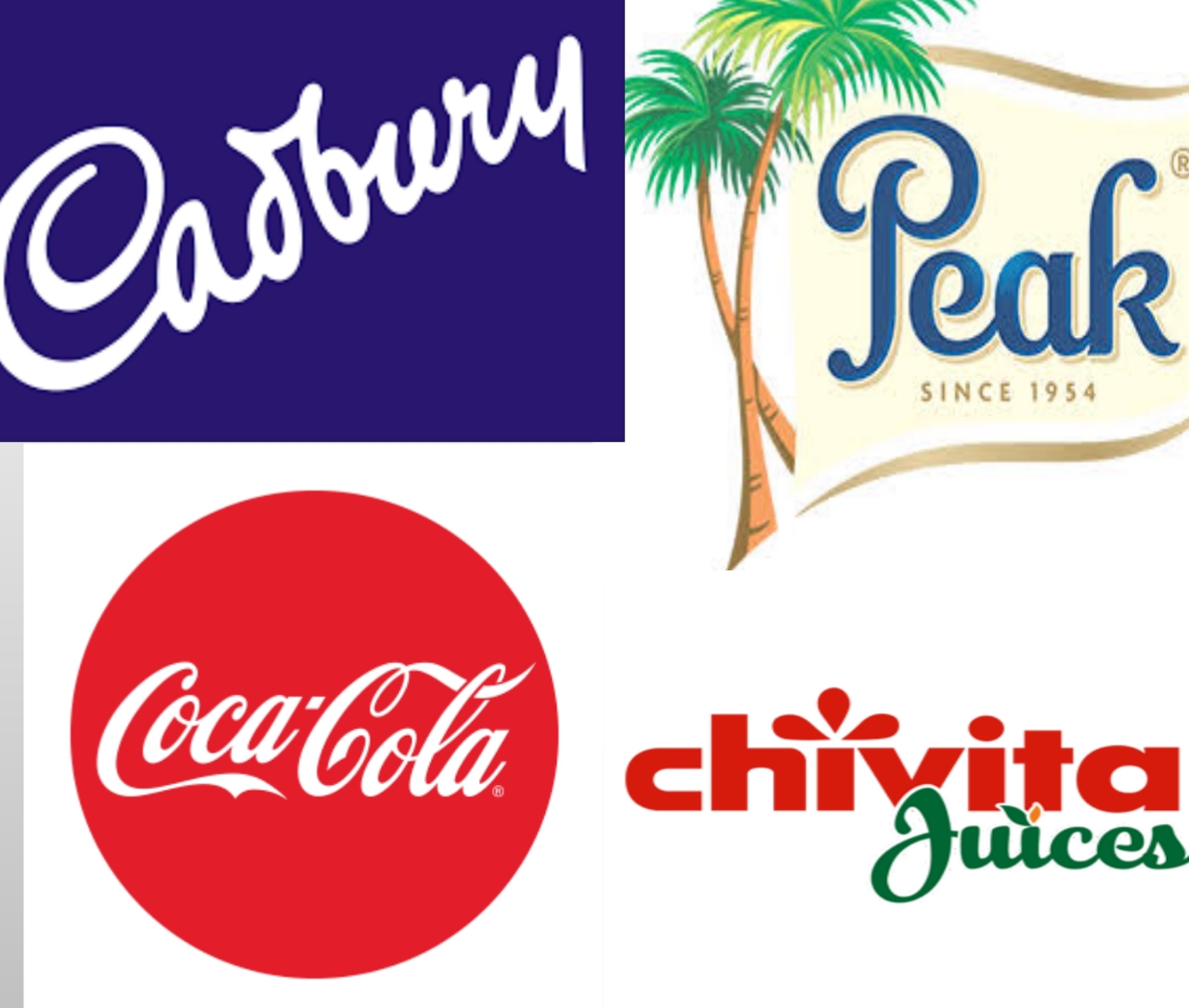
5 technologies disrupting the marketing communications industry
By Zion Rufus
From marketing and communications to media, the emergence of technological advancements like Machine Learning (ML) and Artificial Intelligence (AI) have given rise to ground-breaking innovations that are disrupting industries across the world and altering business boundaries.
In particular, the recent launch of OpenAI’s ChatGPT, a natural language processing model designed to generate human-like responses to specific text prompts, has further put into perspective the transformational power of AI and its potential to revolutionize the entire marketing communications landscape.
This generative AI has been used to create legal documents, write ad copies, generate press releases, and create social media posts amongst others. It has also shown the potential to answer follow-up queries, admit its mistakes, apologize, and discern inappropriate requests.
Artificial Intelligence
Artificial Intelligence which includes expert systems, natural language processing, speech recognition and machine vision, can be described as the simulation of human intelligence processes by machines. These machines have been programmed to perform tasks which would normally require human intelligence.
An example is ChatGPT. Launched in November 2022, the AI chatbot has been identified as a key enabler for disruptive innovation in the marketing and communications ecosystem.
Recently, BuzzFeed, an American Internet media, news and entertainment company announced plans to lay off about 12% of its staff as it moves to use OpenAI’s technology to make more comprehensive quizzes and interactive content.
Advances in technology have also made the implementation of AI possible in the B2B marketing landscape. B2B marketers use AI to generate high quality leads, gather actionable insights, enhance customer experiences, personalize contents to the unique needs and preferences of various consumers, improve customer relationship, and increase engagement.
Internet of Things(IoT)
This technological revolution has heavily influenced the way content is being created, disseminated, and consumed.
However, although IoT devices, solutions, and supporting systems have ushered in a new era for publishers, marketers, and consumers in terms of increased productivity and decrease in operating costs, it has also brought with it many new challenges. One of these challenges is the security and privacy issues in IoT.
According to ResearchandMarkets, IoT security has become a critical concern. With billions of IoT devices in use and more to enter the fray with the introduction of 5G, it is becoming increasingly challenging for companies to gain an in-depth understanding of the security nodes in the IoT value chain and manage the roles of different stakeholders. Similarly, the collection and transfer of personal data by IoT devices have also been brought to scrutiny as fraudsters use hijacked IoT devices to generate and drive large numbers of illegitimate traffic to websites.
Web 3.0
For marketing and communications, Web 3.0 is the future of interactive experience, understanding consumer demand and preferences, and everything beyond search engine optimization.
Web 3.0 is projected to be the next evolution of the web in which website content and users are interconnected through seamless interfaces and communication channels.
For brands, Web3 technologies such as the Metaverse and NFTs will allow brands to build communities and attract new audiences in a much more visual, immersive and connected way.
Cloud and edge computing
Cloud computing on its part helps marketers to cut costs, increase productivity, and simplify operations; edge computing presents organizations with new ways of looking at where and how information is accessed and leveraged to optimize performance, cost, and efficiency.
According to MarketWatch, the global market for edge computing is expected to reach nearly $22.5 billion by 2024. Cloud integration allows companies to better communicate and coordinate with their partners, leading to higher and more efficient levels of market integration, and most marketers have realized that the cloud is the best method to increase digital communication and minimize costs.
So, efficiently, B2B marketers can leverage cloud based integration tools for resource optimization, scalability and flexibility, cost effectiveness, and risk mitigation.
Big Data, Advanced Connectivity
Big data has so far been used to create content for different target audiences, recommend content on demand, and measure content performance.
Using massive amounts of digital information to improve business operations, it allows marketers to present customer-specific content when and where it is most effective, allows communication professionals to use large amounts of information in the decision-making process to define the best strategies and align them with stakeholders’ expectations.
Advanced connectivity has become an essential aspect of the digital marketing business. Some advanced connectivity building blocks bringing new opportunities to marketing organizations include 5G/6G cellular, wireless low-power networks, and low-Earth-orbit satellites.




Comment
No comments found.